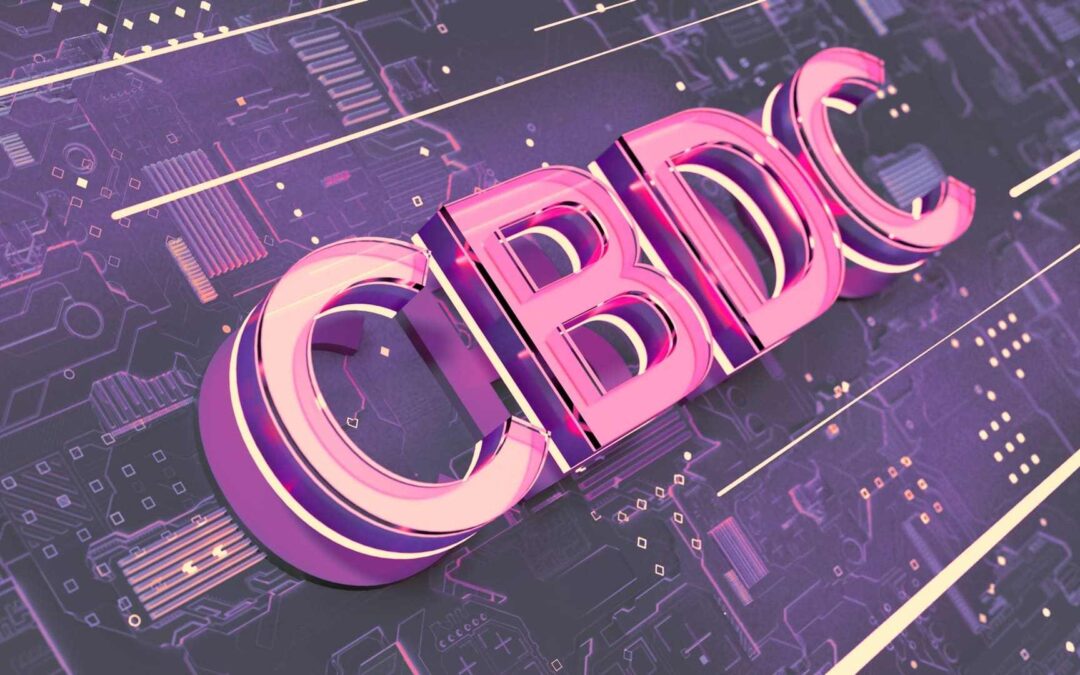When we imagine Digital India, the first thing we think of is the digital rupee or the CBDC. But what is CBDC? The digital revolution has transformed the way we make and receive payments. In India, digital payments are becoming increasingly popular as more people become tech-savvy and rely on mobile phones for financial transactions. To keep up with this trend, the Reserve Bank of India (RBI) is preparing to introduce a Central Bank Digital Currency (CBDC). It is also known as the digital rupee.
This new form of currency will not only provide greater convenience when making digital payments but could potentially transform the Indian economy in unprecedented ways.
In this article, we will explore what CBDC is and how it works, its potential applications for digital payments in India and how RBI is preparing to launch a digital rupee. We will also look at the advantages and disadvantages of using a CBDC in India.
Potential Applications of CBDC for Digital Payments in India
The potential applications of CBDC for digital payments in India are immense.
- With a CBDC, Indians can make digital payments to anyone, anywhere in the country in a seamless and secure manner.
- It will also enable the transfer of value between individuals and businesses without the need for third-party intermediaries. Therefore, it significantly reduces transaction costs.
- Furthermore, CBDC can be used to store digital assets such as stocks, bonds and mutual funds. Hence it allows people to diversify their investment portfolios.
RBI and The Digital Rupee
RBI is preparing to introduce a digital rupee in order to stay ahead of the curve and address the need for faster, cheaper and more secure payments.
To this end, the central bank has launched several initiatives over the last few years, including setting up a committee to study the feasibility of launching a digital rupee and exploring the use of blockchain technology.
Advantages of CBDC
CBDC could provide numerous advantages to Indian consumers, businesses and the economy at large.
Speed and Security
The introduction of CBDC in India could lead to significant improvements in the speed and security of digital payments.
With a digital rupee, individuals and businesses would no longer have to rely on intermediaries for transactions. Funds can be transferred directly between two parties.
Reduction in Transaction Costs
One of the potential advantages of using a Central Bank Digital Currency in India is the reduction in transaction costs. Unlike traditional payment methods, digital payments made with CBDC would be cheaper and faster.
This could benefit both individuals and businesses as they wouldn’t have to pay hefty fees for their transactions.
Secure payment system
In addition, CBDC could provide a more secure payment system, as it would be based on blockchain technology which is extremely difficult to hack.
Financial Inclusion
The introduction of CBDC in India could provide greater financial inclusion by enabling access to digital services even in rural areas.
This is because it is based on blockchain technology. This is a distributed system that allows for secure and cost-effective transfers of value without the need for third-party intermediaries.
This means that even individuals and businesses located in rural areas would have access to the same digital services as those in urban areas.
Disadvantages of CBDC
However, there are also some potential disadvantages of using a CBDC in India that need to be considered.
Risk of Money Laundering and Terrorism Financing
One potential disadvantage is the risk of money laundering and terrorism financing.
As CBDC is based on blockchain technology, it could provide an easy way for individuals and businesses to transfer value without the need for third-party intermediaries or any form of identification.
This could open up possibilities for money laundering and terrorism financing.
Lack of Infrastructure
Another potential disadvantage is the lack of infrastructure in India to support the adoption of CBDC.
For example, India currently lacks the necessary banking infrastructure to enable digital payments, which could prevent individuals and businesses from using digital payment systems.
In addition, India also needs to develop a digital identity system. This is in order to ensure that users are properly identified when making digital payments.
Conclusion
Overall, the introduction of a digital rupee in India through Central Bank Digital Currency could provide numerous advantages to Indian consumers and businesses. Hence, it becomes necessary to know what is CBDC as it may potentially be the country’s future.
It could lead to faster and more secure payments, reduce transaction costs, increase financial inclusion by providing access to digital services even in rural areas, and create a more secure payment system.
However, there are also some potential disadvantages that need to be considered such as the risk of money laundering and terrorism financing due to lack of proper identification when making transactions or lack of infrastructure for digital payments.
With careful planning and implementation however, CBDC can help revolutionise how we make payments in India.

